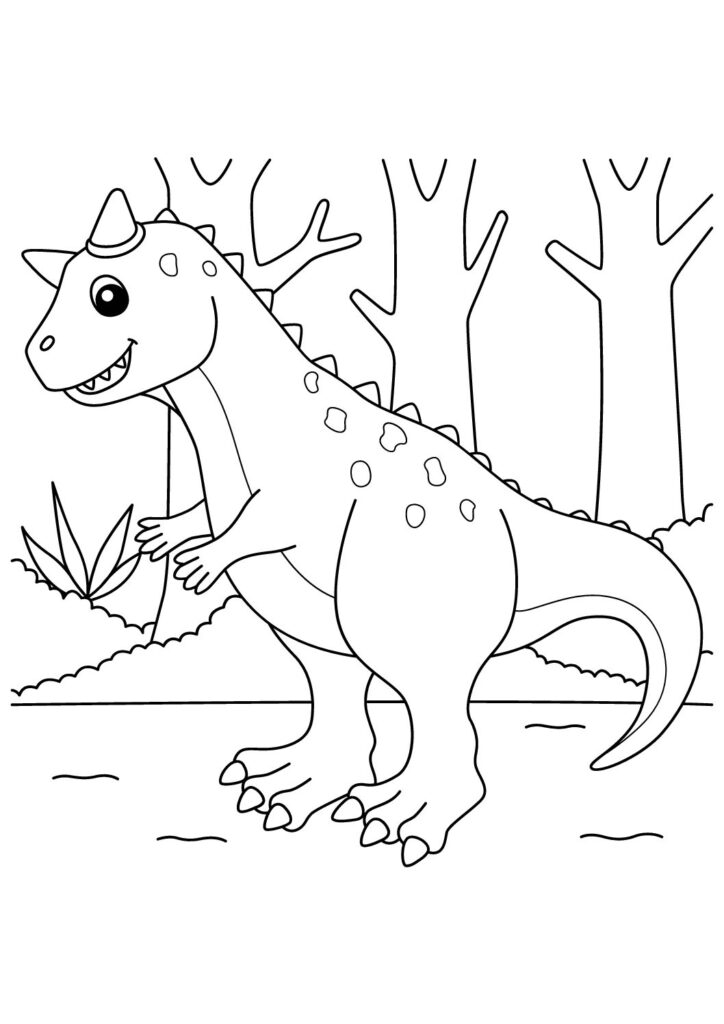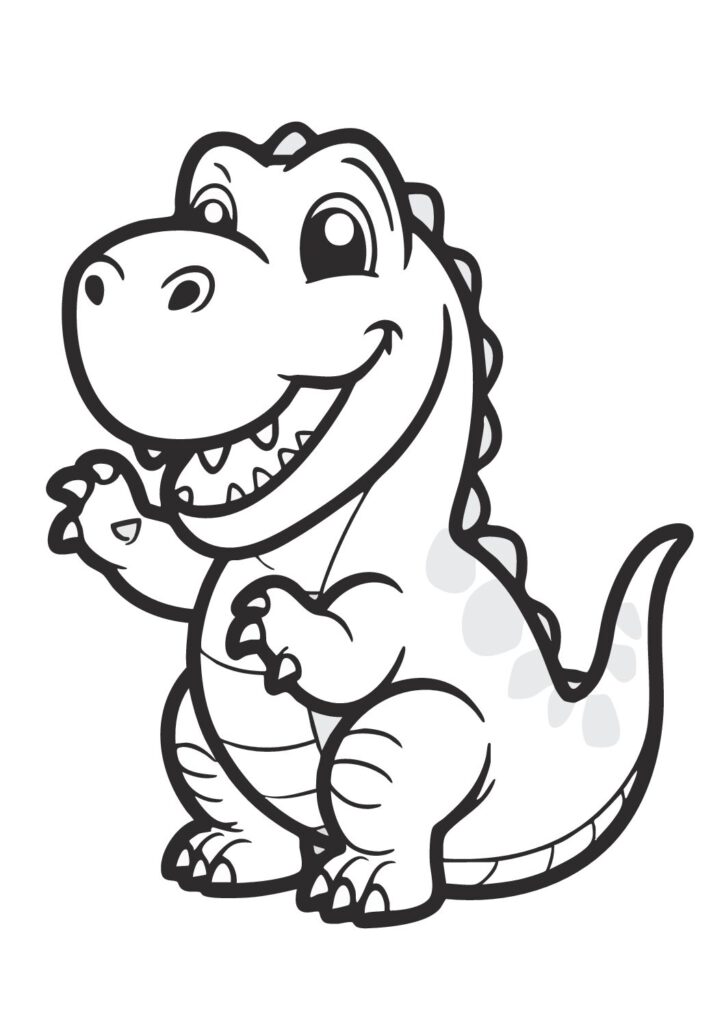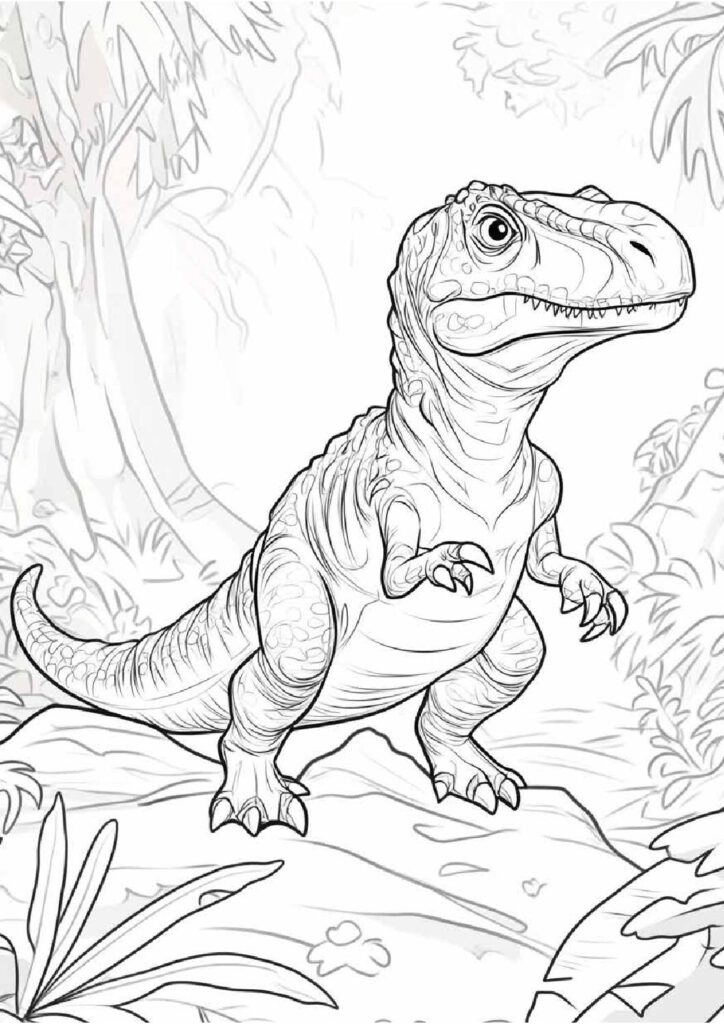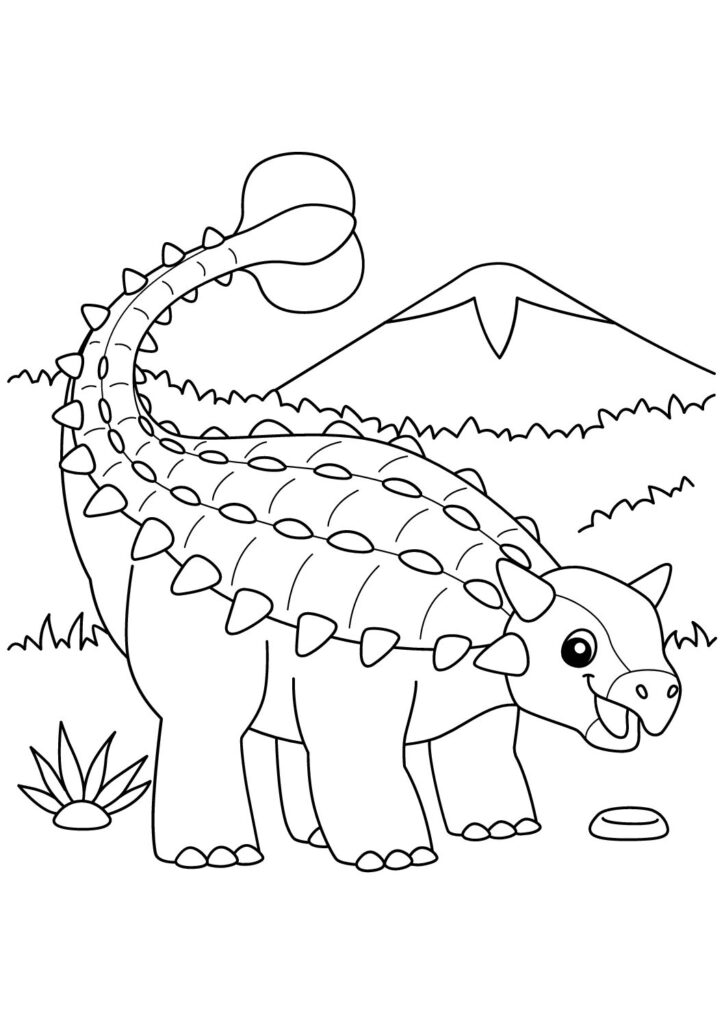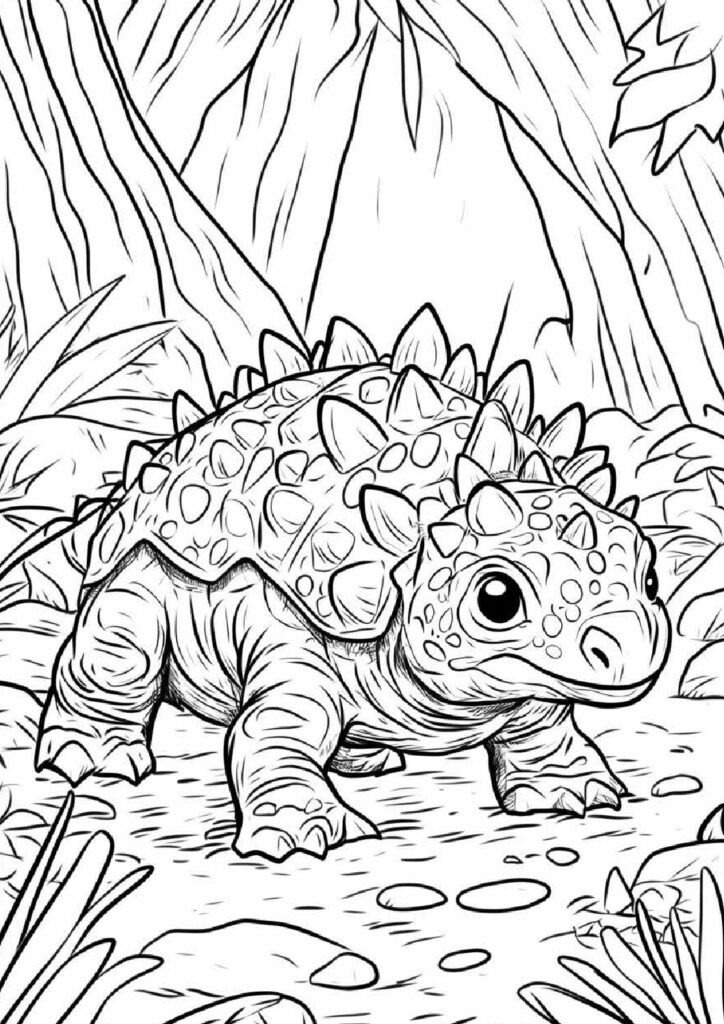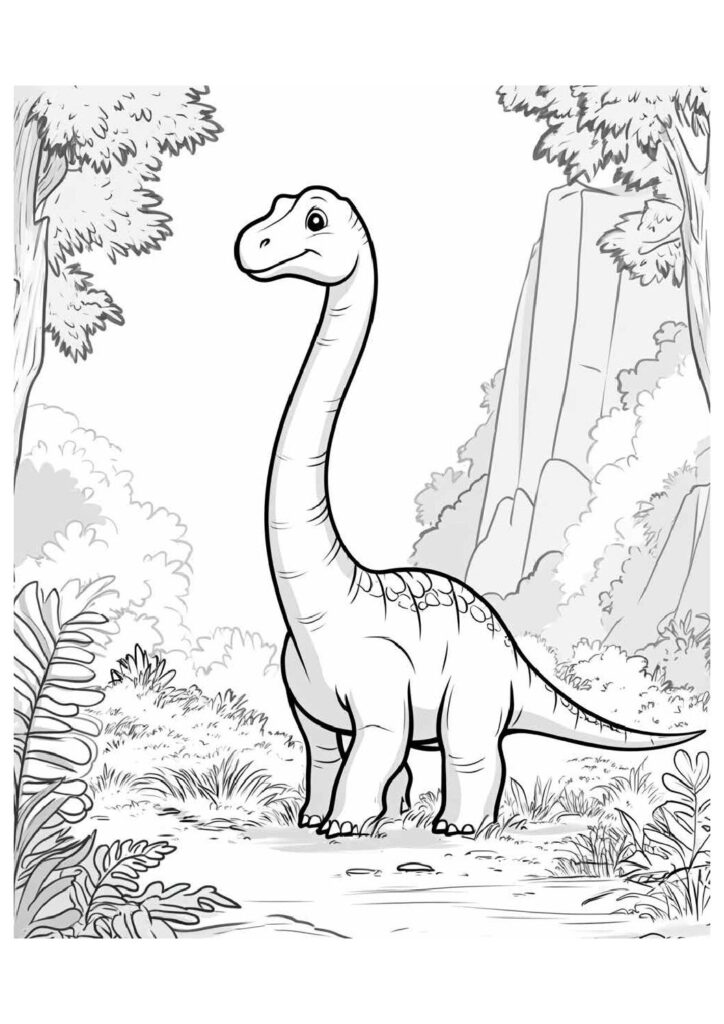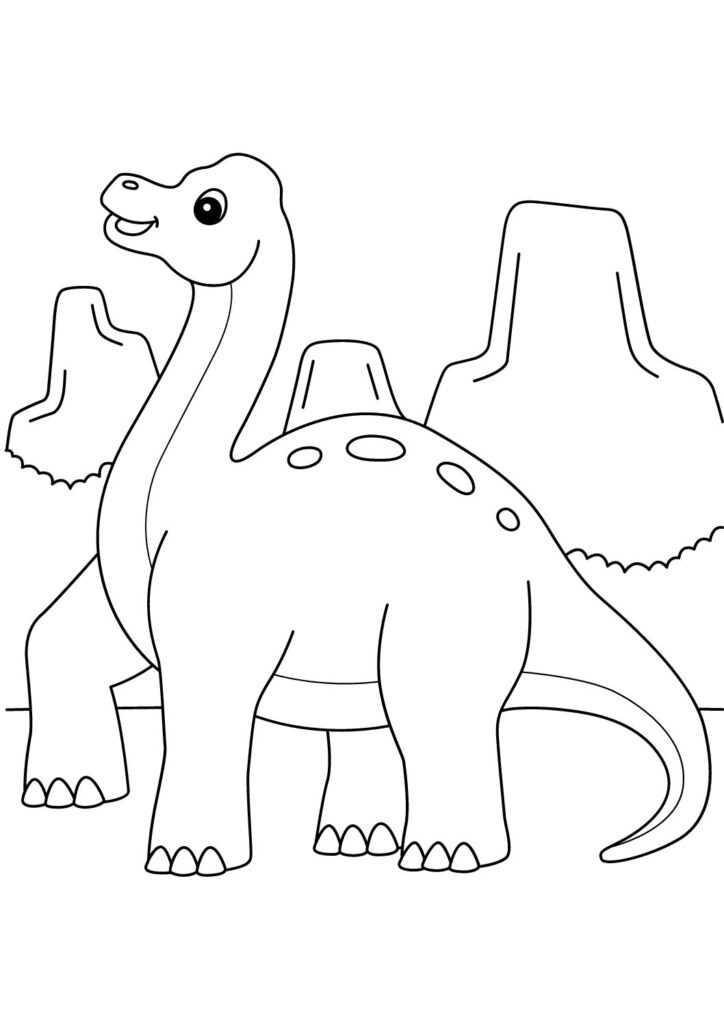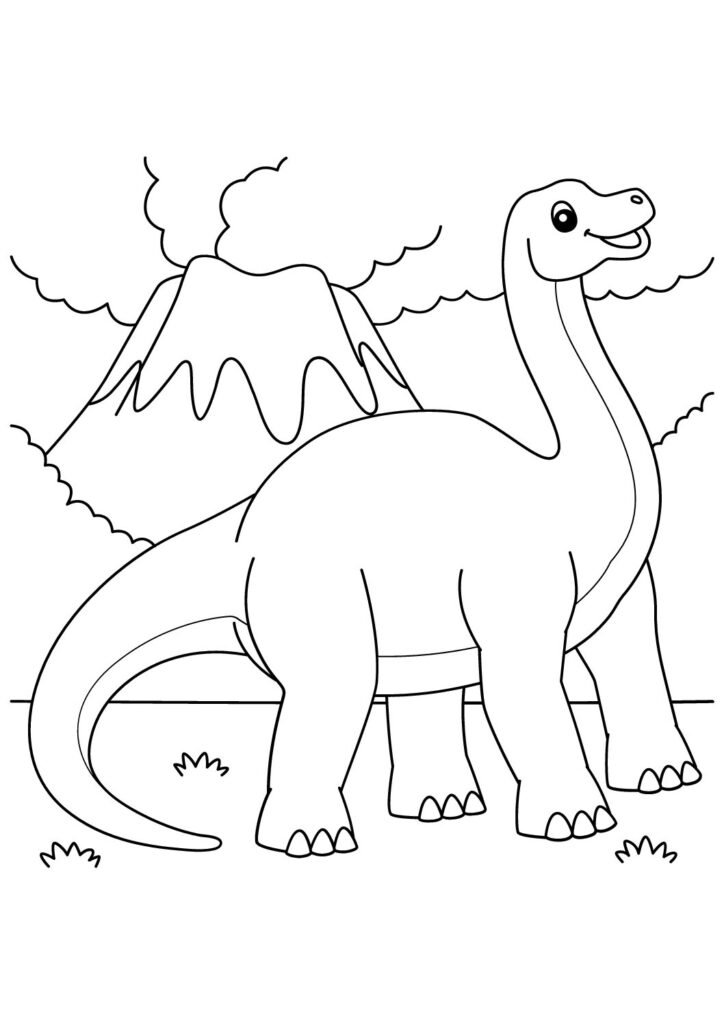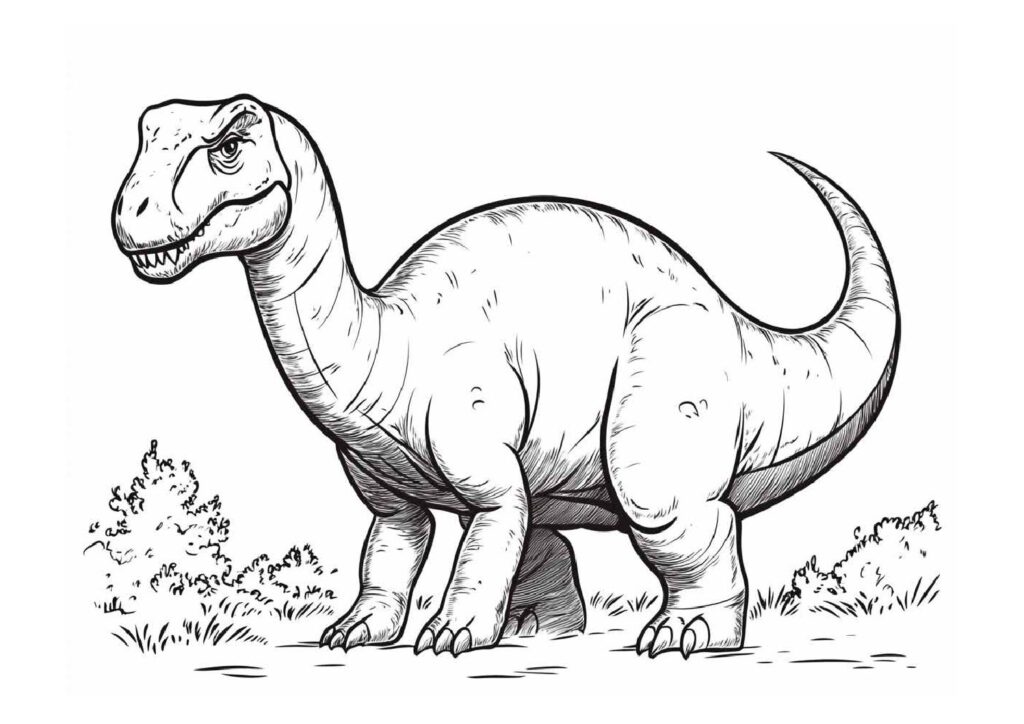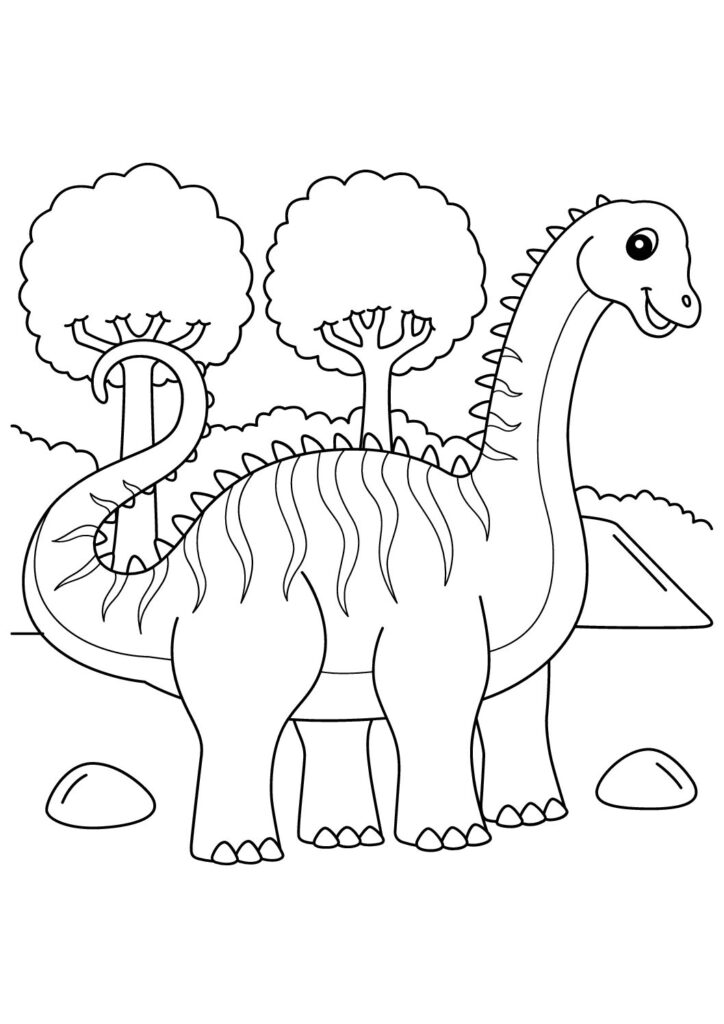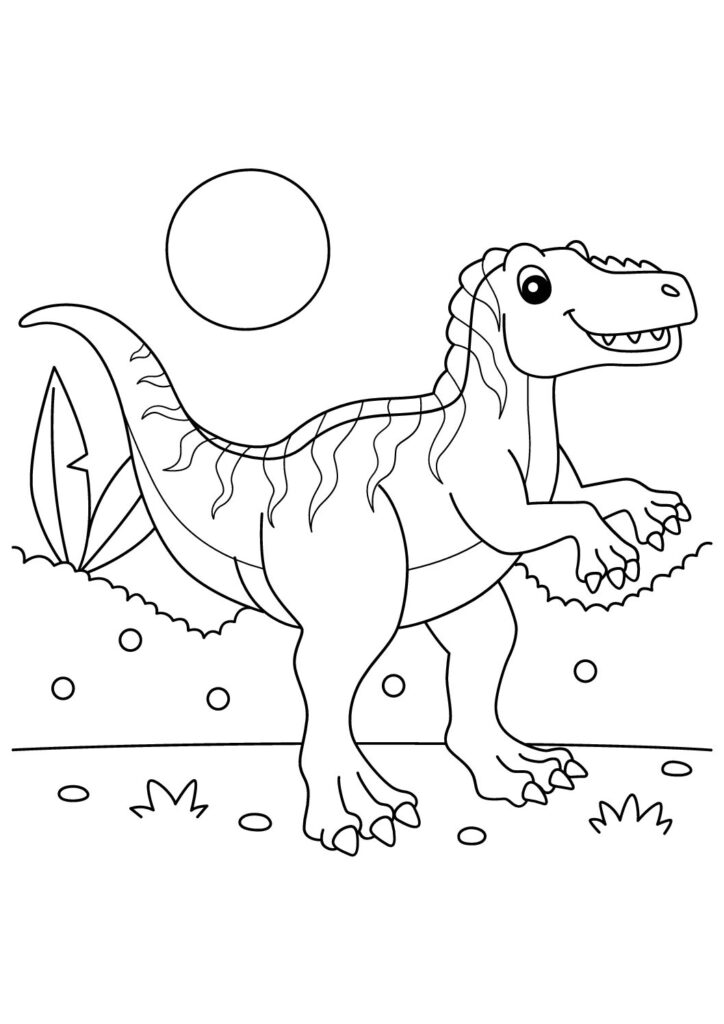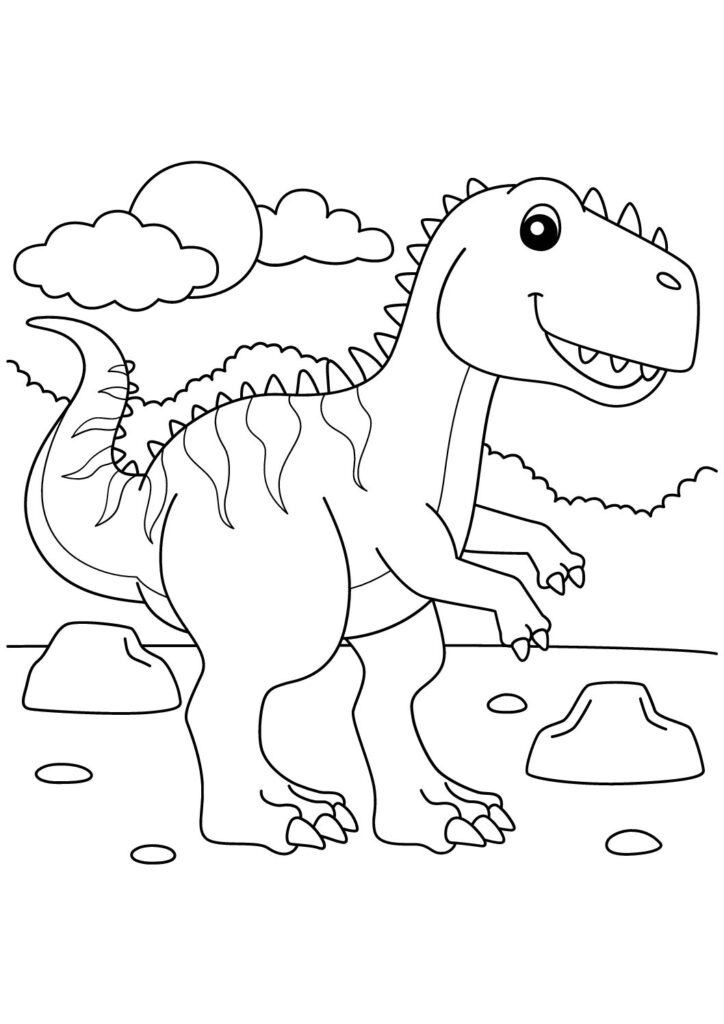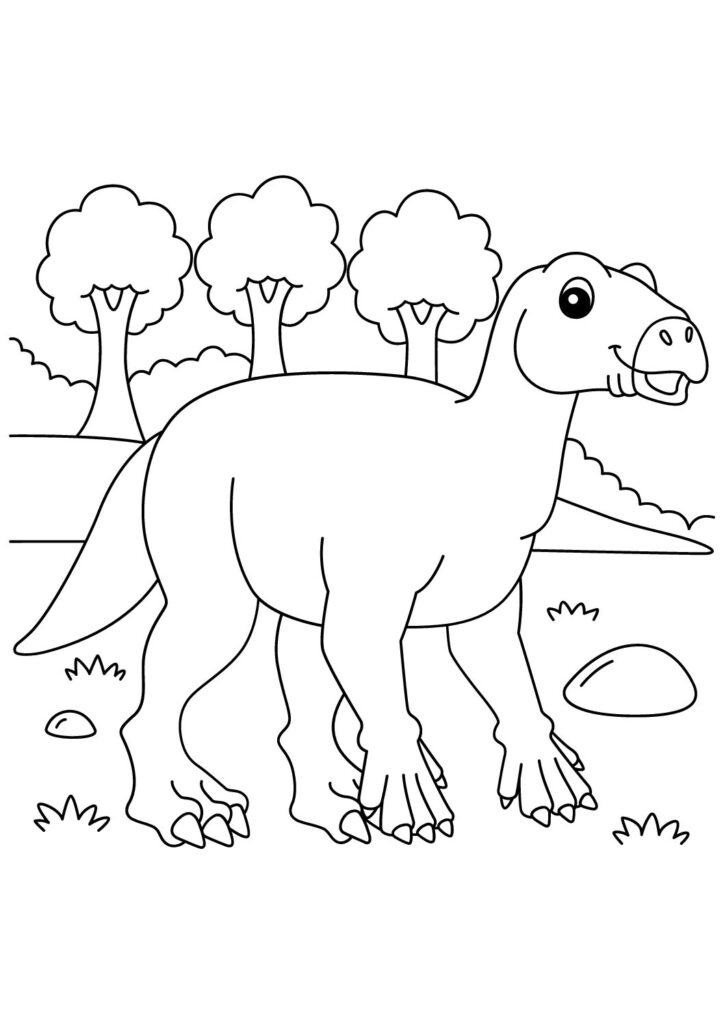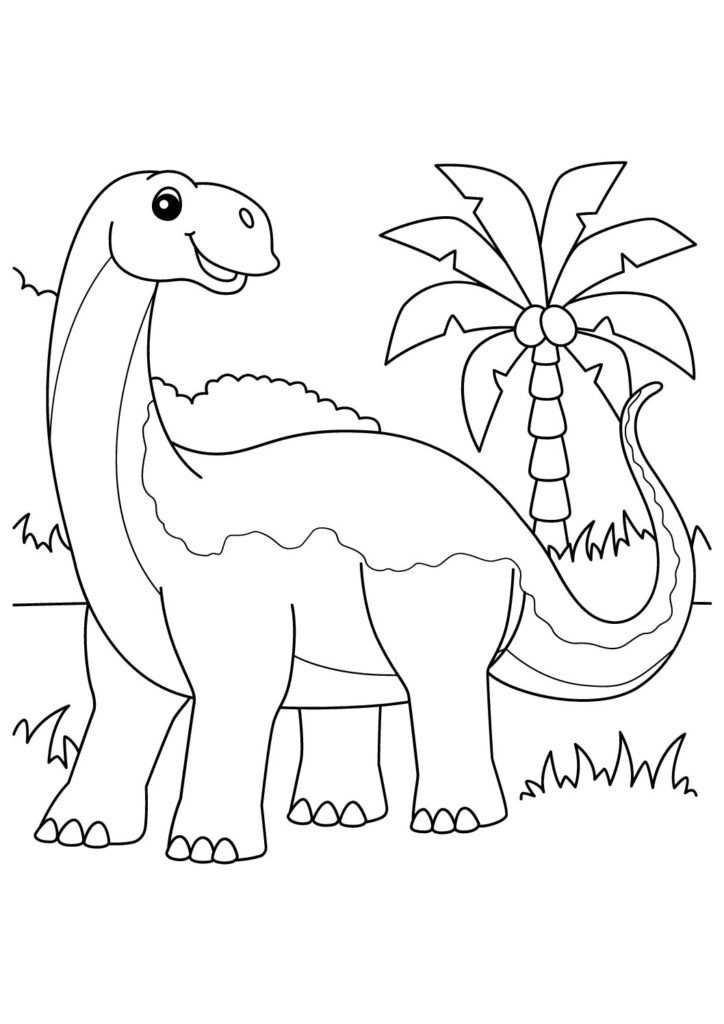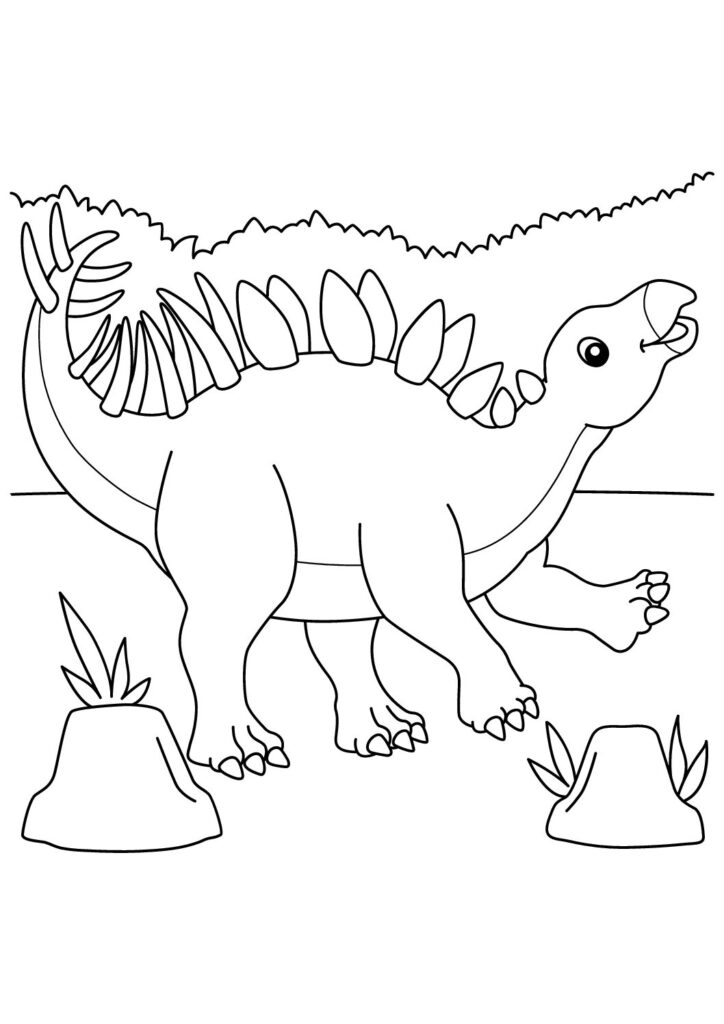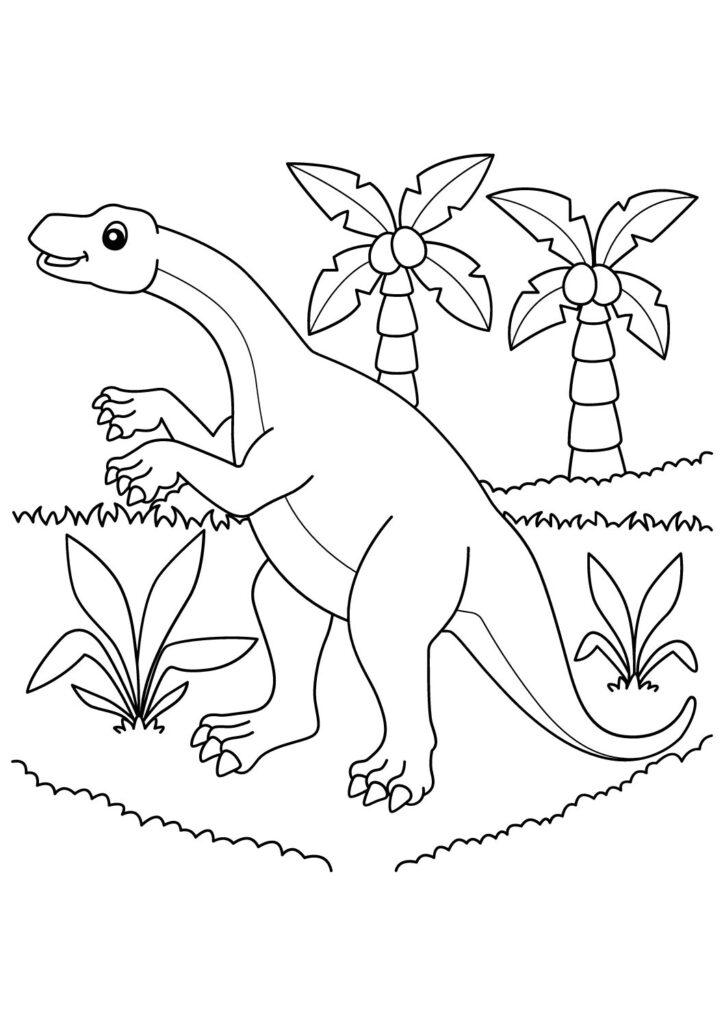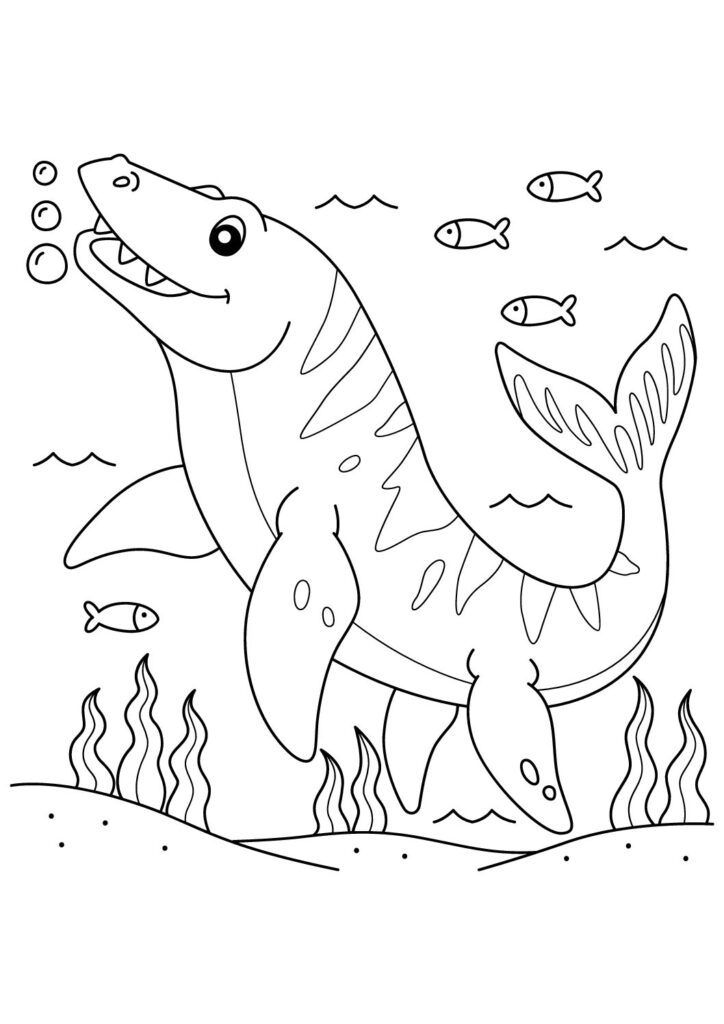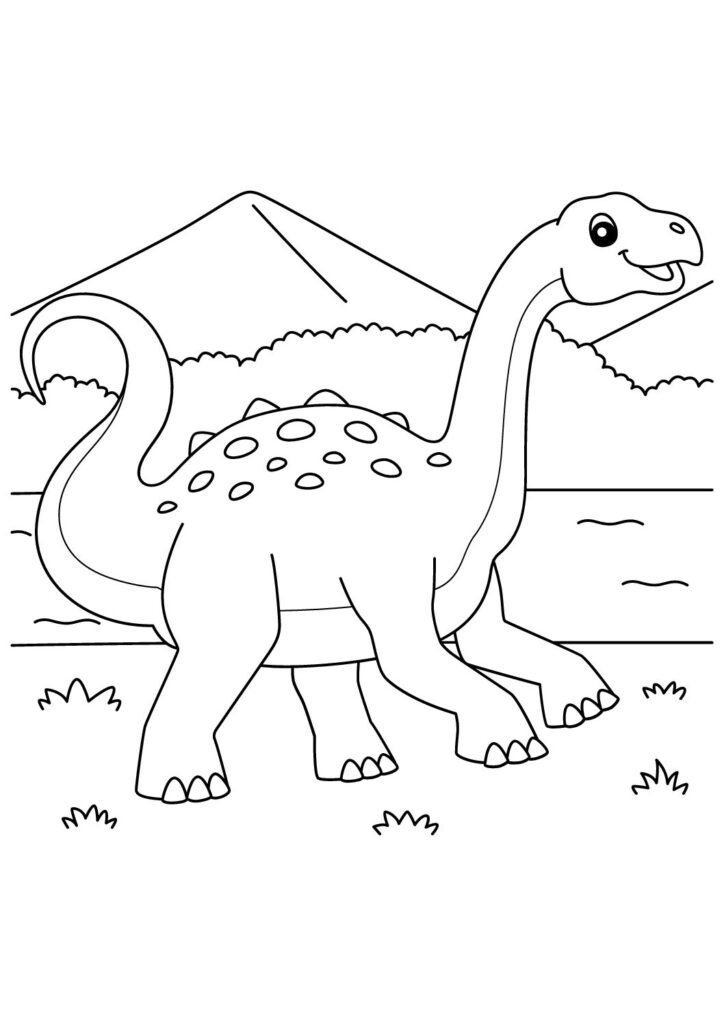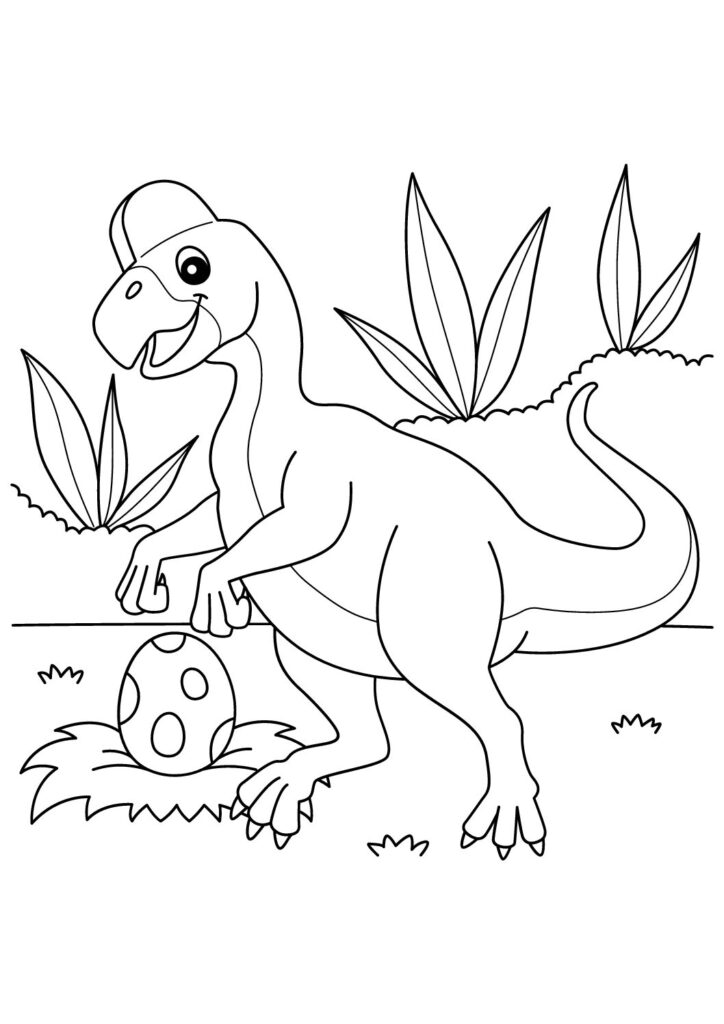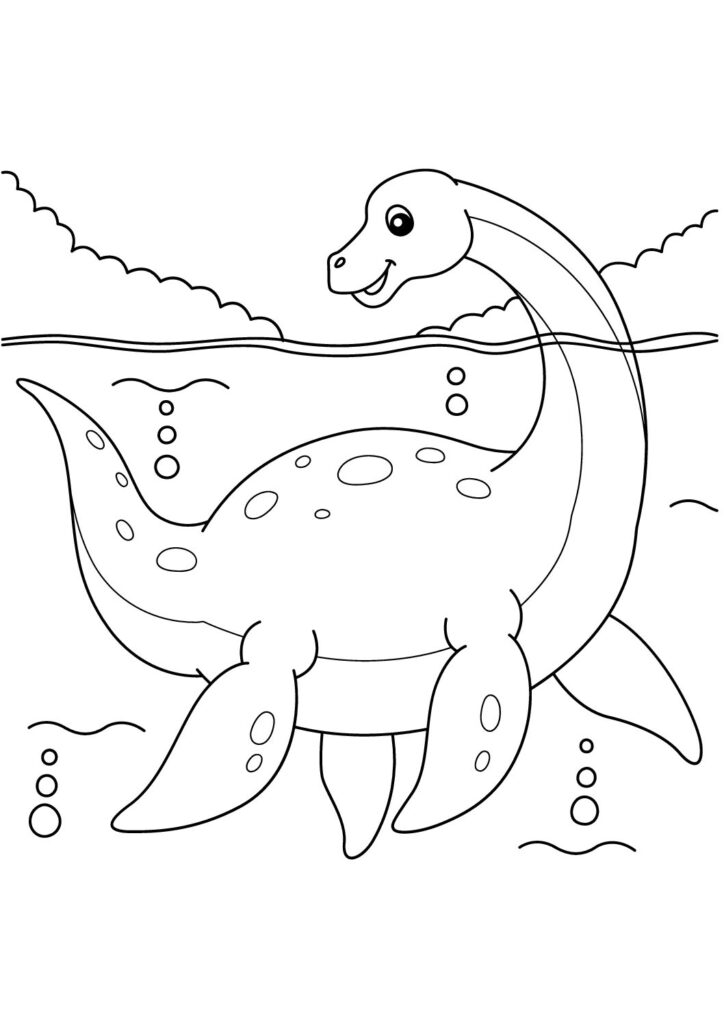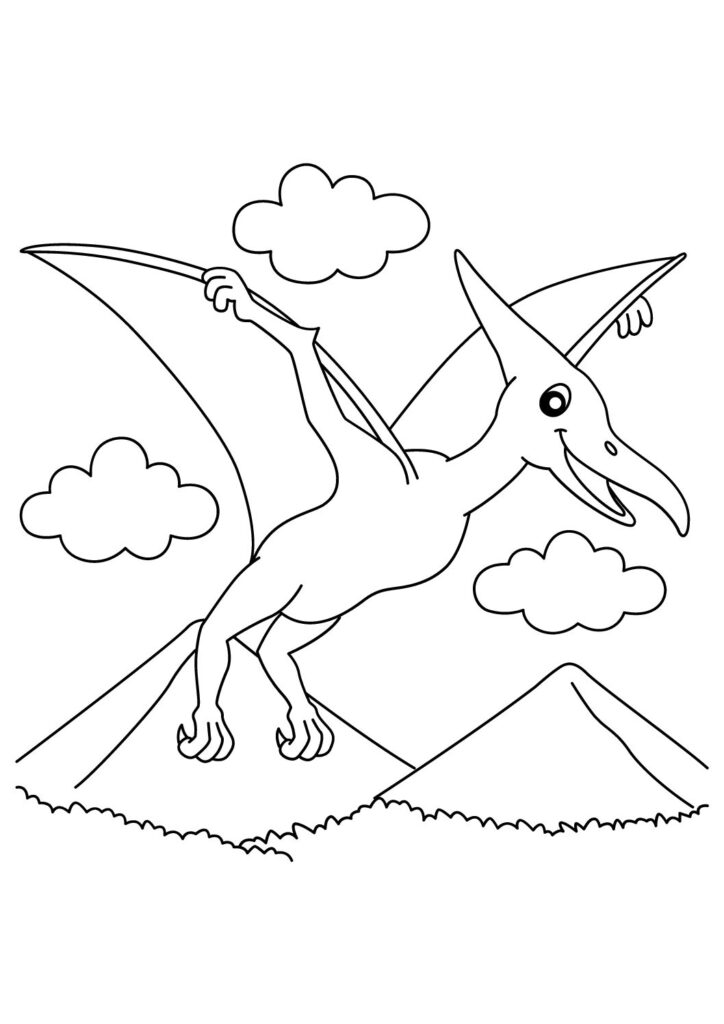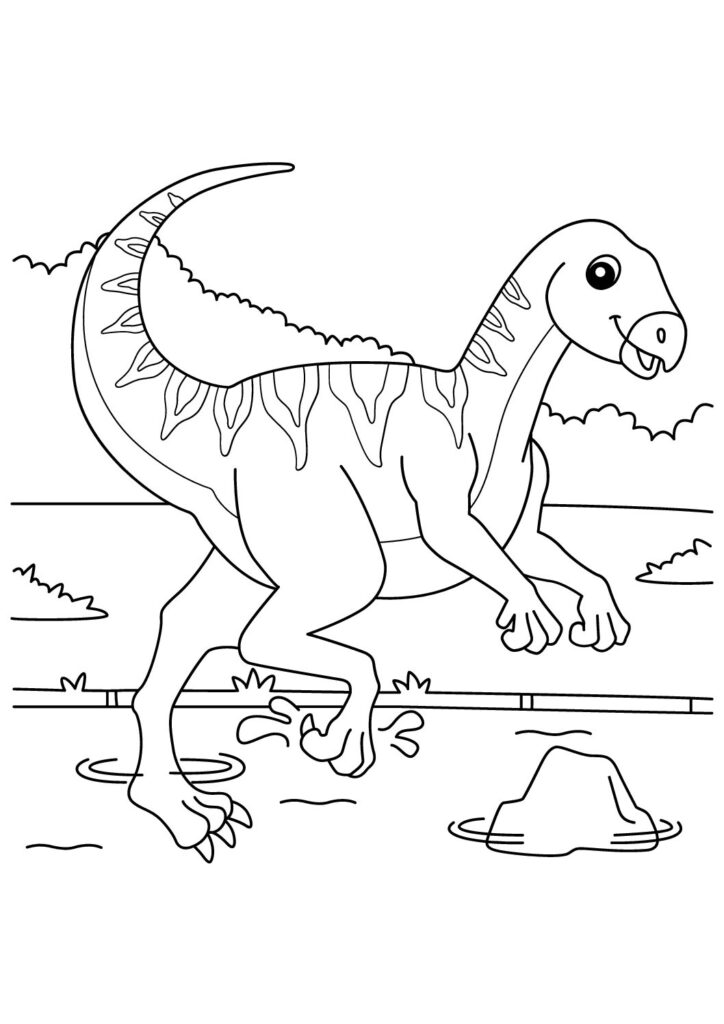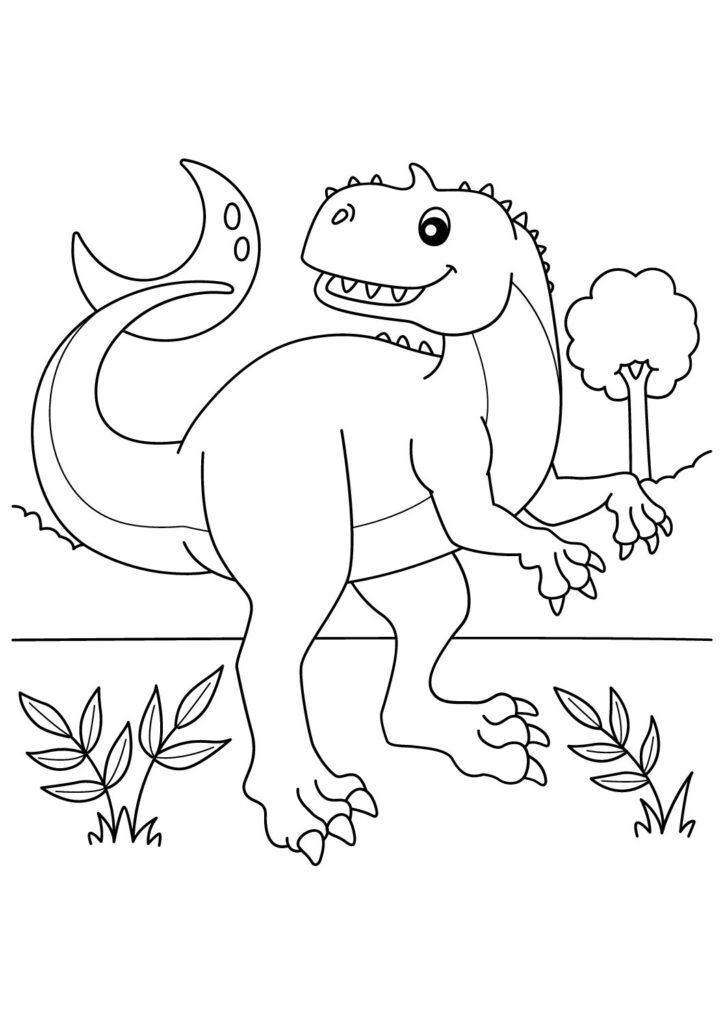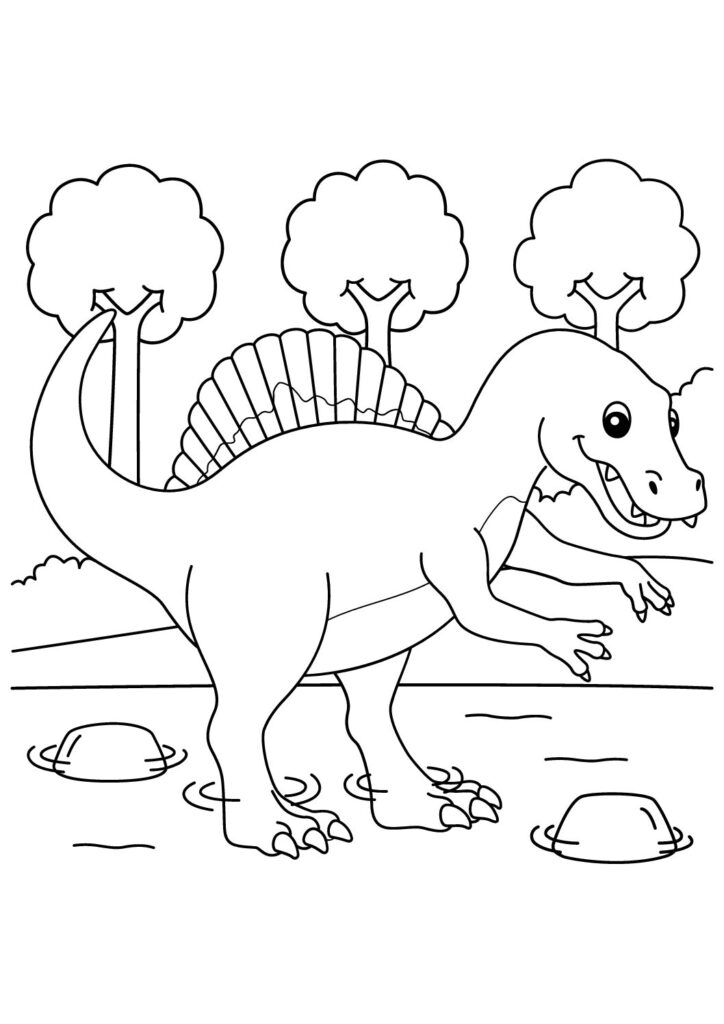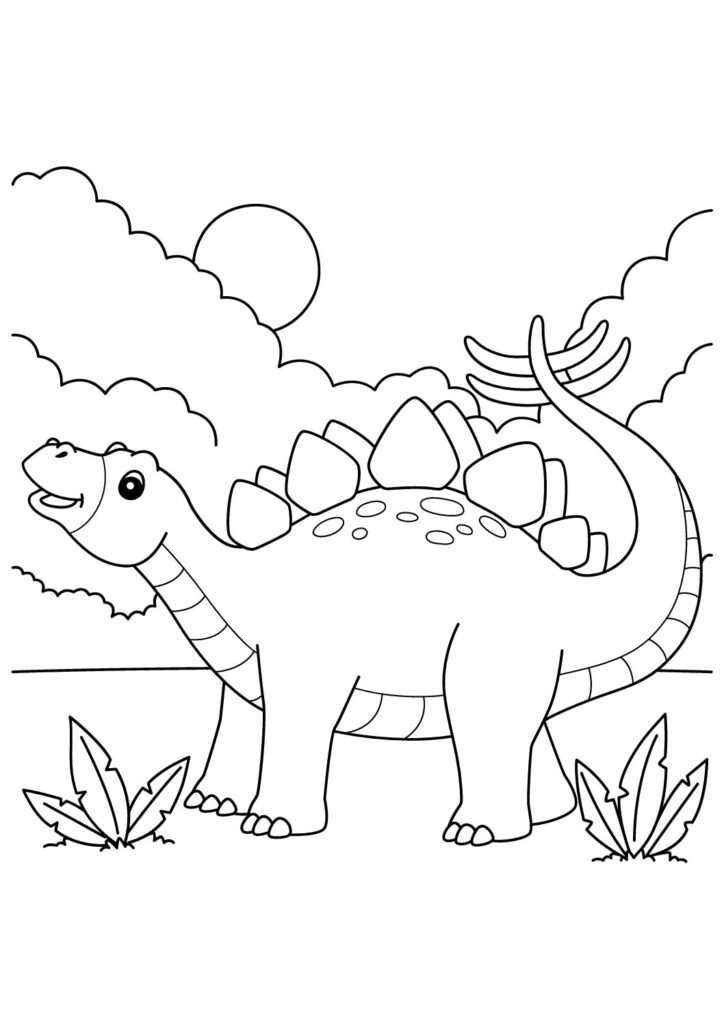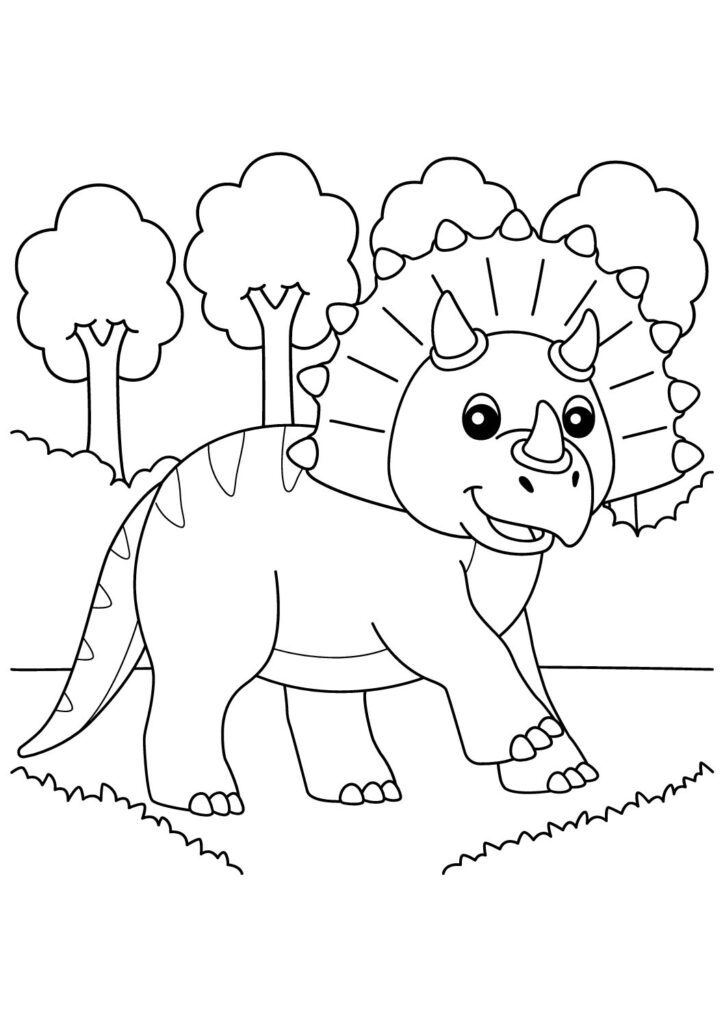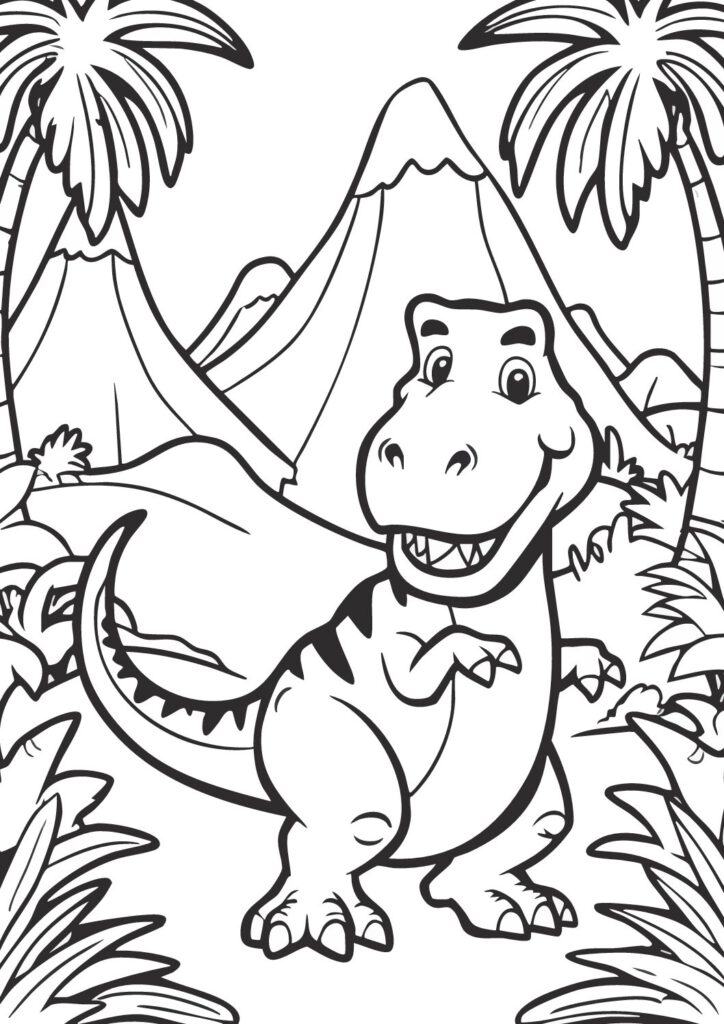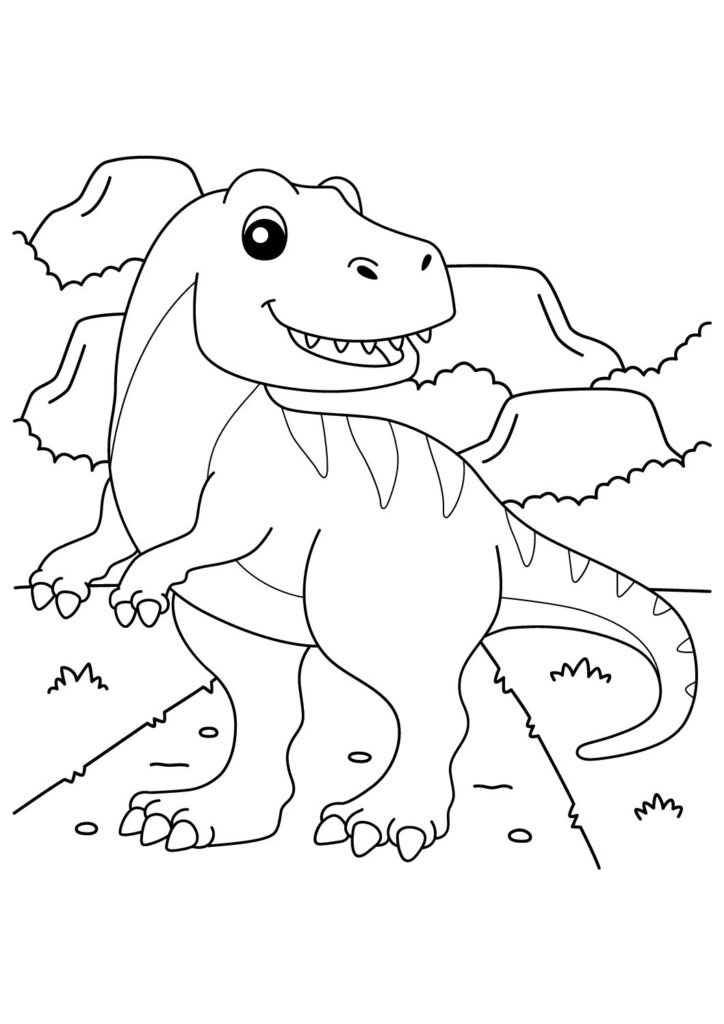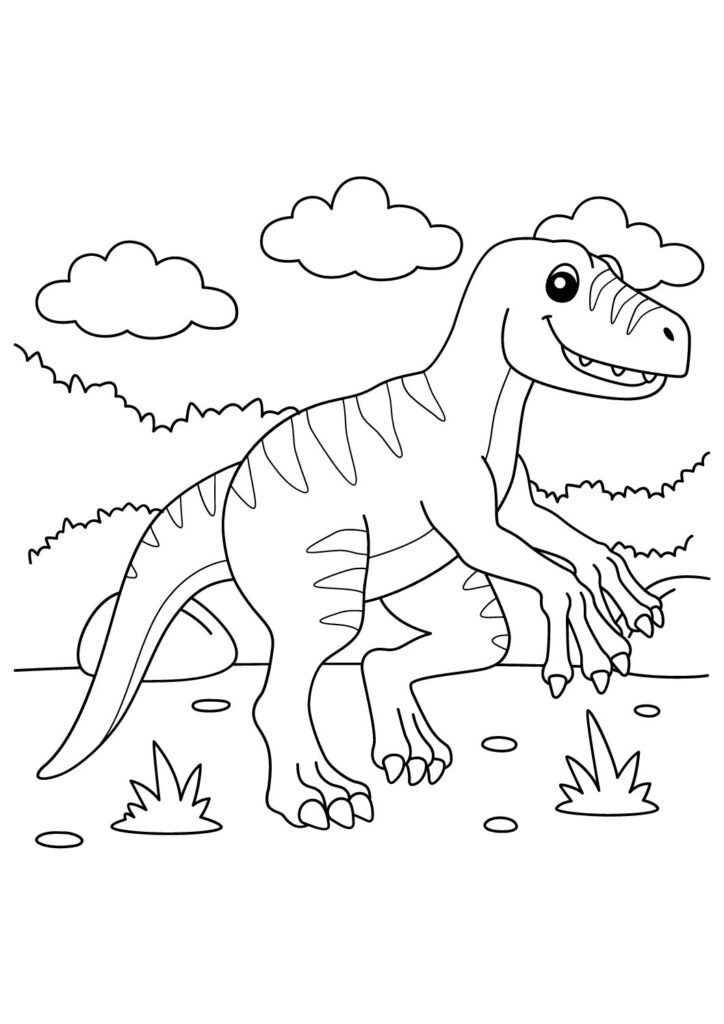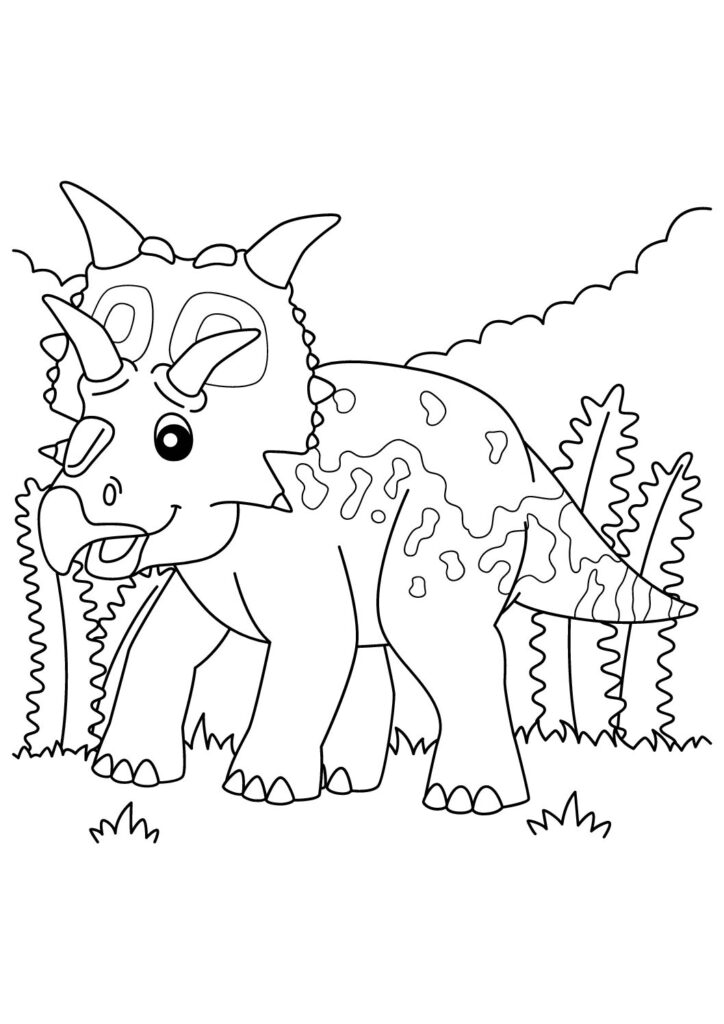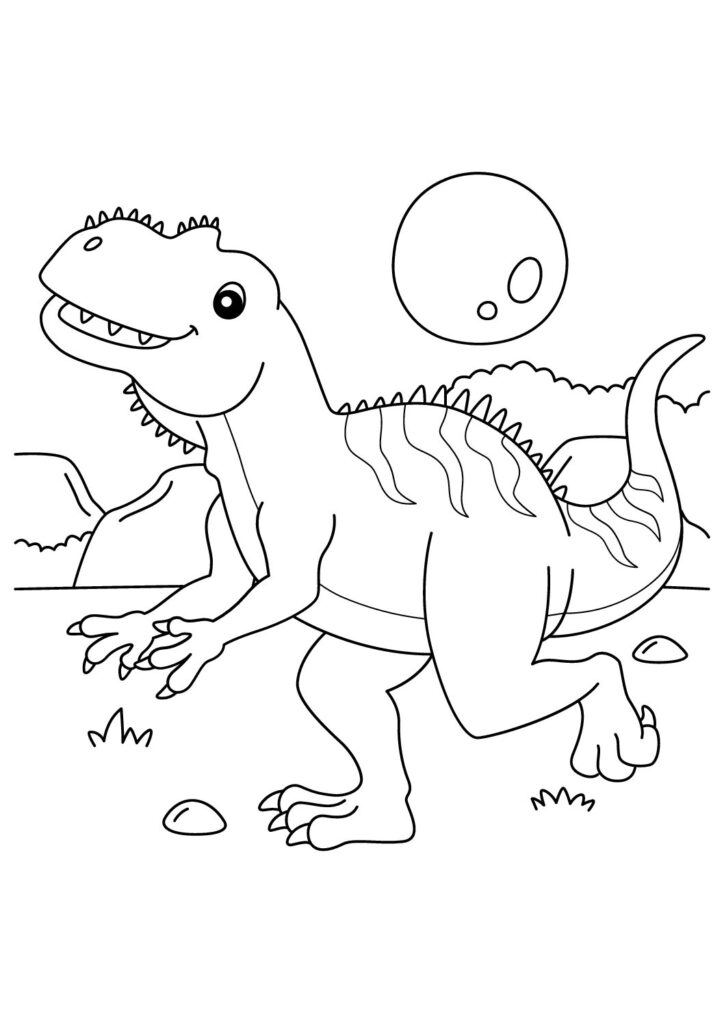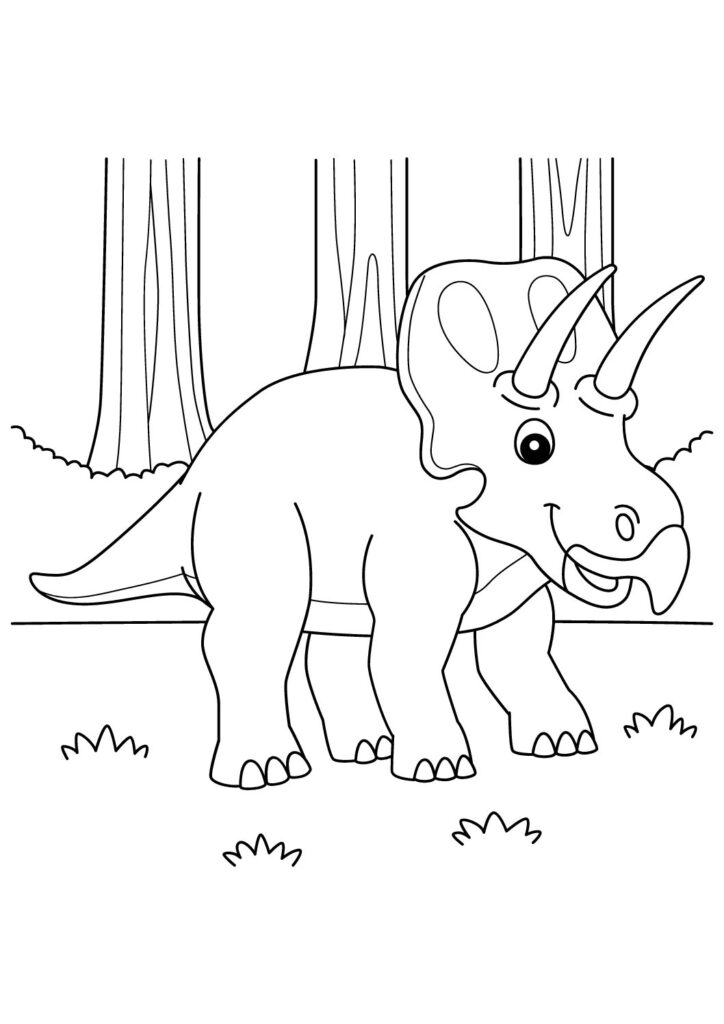2 Free Carnotaurus Coloring Pages for Download (Printable PDF)

Charge into our free printable collection of Carnotaurus coloring pages featuring these fierce predators in their dynamic hunting poses! Download these high-quality sheets showcasing these unique theropods with their distinctive horned heads, powerful jaws, and muscular bodies displaying their incredible speed and strength. Perfect for kids and dinosaur enthusiasts, these detailed prehistoric coloring pages capture the aggressive nature of these meat-eating creatures known for their characteristic bull-like horns and swift running abilities. Each printable sheet brings these amazing Late Cretaceous hunters to life, highlighting their short arms, strong legs, and menacing horned skulls!
Fearsome Carnotaurus Facts: The Ultimate Guide to the "Meat-Eating Bull"
Introduction
Carnotaurus sastrei represents one of paleontology’s most distinctive theropod dinosaurs, roaming what is now Argentina during the Late Cretaceous period approximately 72-69 million years ago. This medium-sized predator earned its name from Latin words meaning “meat-eating bull” in reference to its most recognizable feature—a pair of distinctive horn-like projections above its eyes—making it the only known carnivorous dinosaur with such prominent cranial structures.
Distinctive Appearance
Carnotaurus possessed perhaps the most unusual skull among theropod dinosaurs, featuring two prominent brow horns, extremely reduced forelimbs, and a remarkably short, deep snout. Advanced reconstructions based on exceptionally preserved fossils reveal it had a covering of small, non-overlapping scales with larger feature scales arranged in rows along its sides, contradicting earlier assumptions that most theropods had primarily smooth skin.
Remarkable Speed
Biomechanical studies suggest Carnotaurus could reach speeds of 25-30 mph, making it an exceptionally fast predator for its size range. Its specialized leg muscles and tail structure indicate it evolved for rapid pursuit rather than ambush hunting, with its powerful thigh muscles and stiffened tail providing the balance and propulsion needed for high-speed chases across the ancient South American landscape.
Hunting Adaptations
Unlike most large theropods that relied on powerful bites, Carnotaurus likely employed a slashing attack method, using its lightweight skull in rapid strikes against prey. Its unusual jaw mechanics suggest it could deliver quick, repeated bites rather than prolonged crushing forces, potentially allowing it to inflict multiple wounds on smaller prey animals before they could escape its remarkable pursuit speed.
Tiny Arms
Carnotaurus possessed extraordinarily reduced forelimbs even compared to other short-armed theropods like Tyrannosaurus rex, with vestigial arms measuring just over 1 foot long and featuring four immobile digit bones. These remarkably small limbs had apparently lost almost all practical function during evolution, representing an extreme example of the forelimb reduction trend observed across multiple theropod lineages including abelisaurids and tyrannosaurids.
Scientific Significance
Discovered in 1984 by paleontologist José Bonaparte in Argentina’s La Colonia Formation, Carnotaurus is known from an exceptionally complete specimen preserving not just bones but extensive skin impressions. This remarkable preservation provided unprecedented insights into theropod skin texture and appearance, fundamentally changing our understanding of dinosaur integument long before feathered dinosaur discoveries revolutionized the field.
Ecological Role
As a mid-sized predator approximately 25 feet long and weighing around 1-2 tons, Carnotaurus likely hunted smaller dinosaurs and juvenile individuals of larger species across its Late Cretaceous habitat. It shared its environment with titanosaur sauropods and smaller herbivores, occupying an important ecological niche between smaller predators and the largest theropods in South America’s distinctive dinosaur ecosystem.
